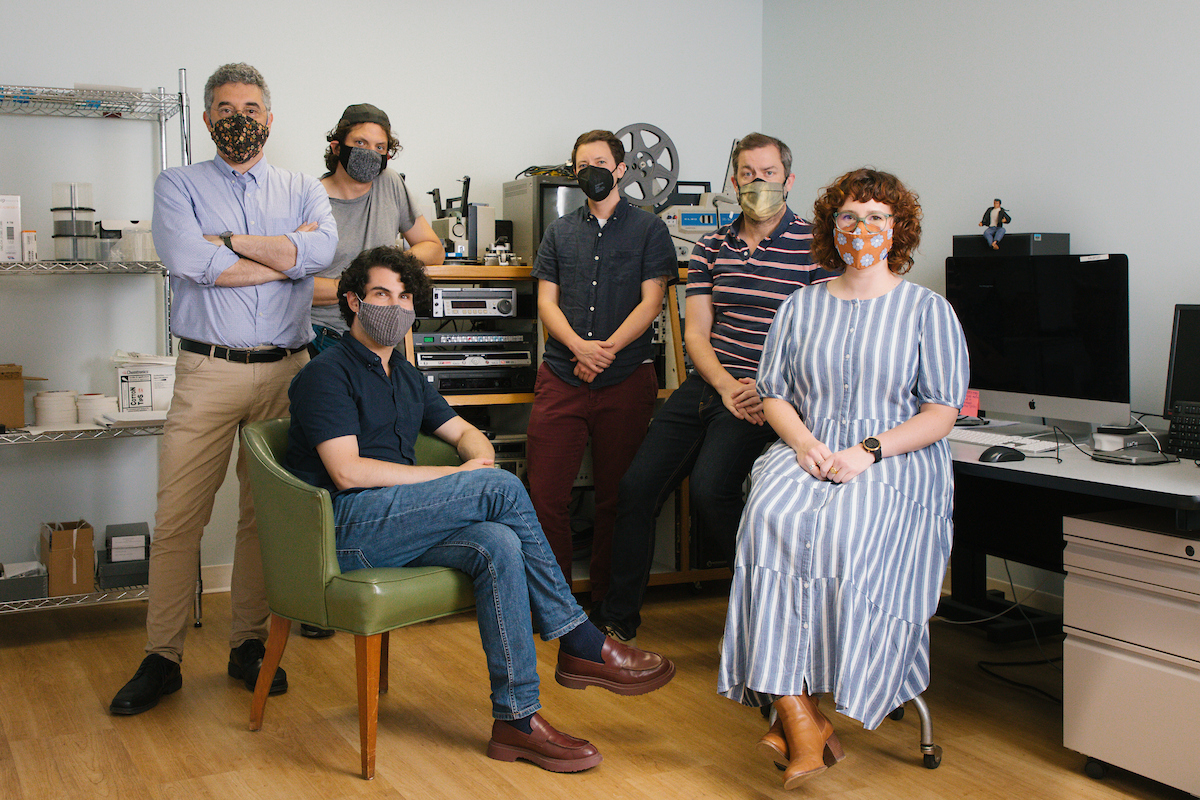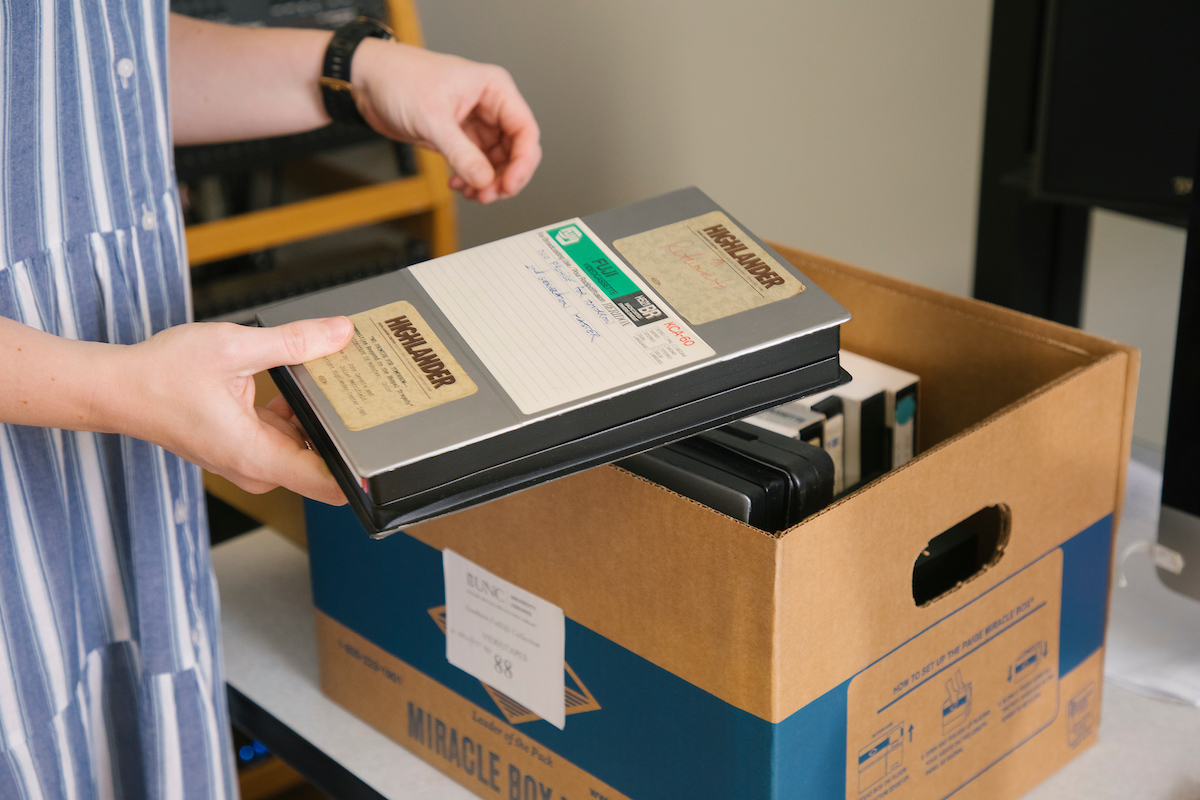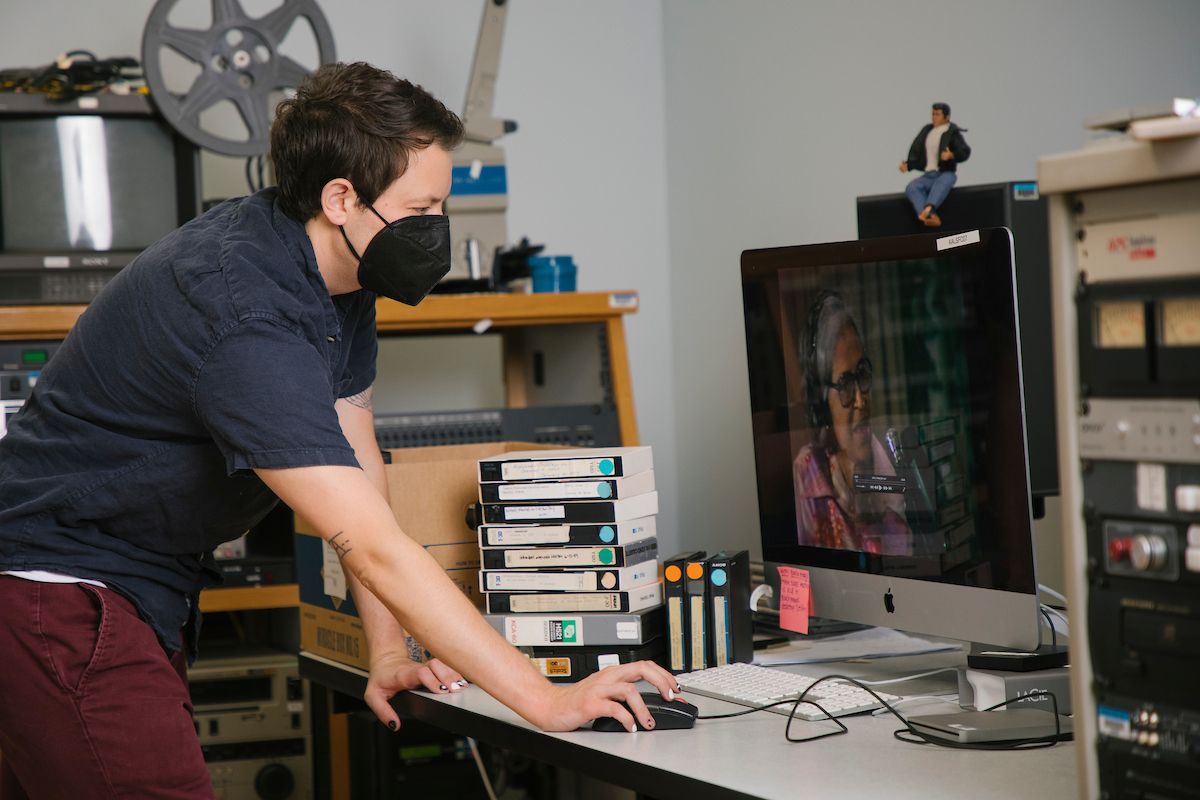O
n the morning of March 29, 2019, Susan Williams thought all was lost. Williams, the librarian at Highlander Research and Education Center, had just learned that a building on Highlander’s property had burned to the ground. It was the office.
Decades’ worth of materials and records that had been stored there were destroyed. A symbol (later determined to be associated with white supremacy) had been spray-painted onto the parking lot. Williams’ first reaction was hopelessness.
But then she snapped into a more productive mode. “I have to get the stuff off this site, somewhere safe, out of the library,” she recalled thinking to herself. “It was something I could do.”
She pulled herself together and made a phone call. More than two years later, remembering it still makes her cry.
“I called Steve. And he told me, we’ll come tomorrow,” she said, choking up. “I was so overwhelmed that he could come the next day, and he took so many things that are really important.”
Steve Weiss, curator of the Southern Folklife Collection at the Wilson Special Collections Library, told Williams that he would immediately travel to New Market, Tennessee, to relocate Highlander’s video collection as soon as possible. The next day. A Saturday.
Weiss asked Aaron Smithers, the collection’s assistant at the time, if he would be willing to join him. “There aren’t a lot of people who would have made that decision the way Steve did in that moment,” Smithers said. “I went home and got a change of clothes and we left.”
A sense of urgency
Williams and Weiss had already discussed digitizing Highlander’s large collection of videos — holdings that spanned much of the 20th century, most of it on now-obsolete technology: reel-to-reel tapes, U-matic tapes, VHS tapes. A generous grant from the Andrew W. Mellon Foundation allows the University Libraries to digitize outdated materials from several entities. The Highlander project had been planned for the summer of 2019, but the fire accelerated the timeline.
Since 1932, the Highlander Center has offered training to support grassroots organizing in the South. Rosa Parks attended a workshop there in the months before she helped spark the Montgomery Bus Boycott in 1955. Because education is Highlander’s focus, other entities have stepped in to archive and store its materials. Many of its records are held by the Wisconsin Historical Society.



